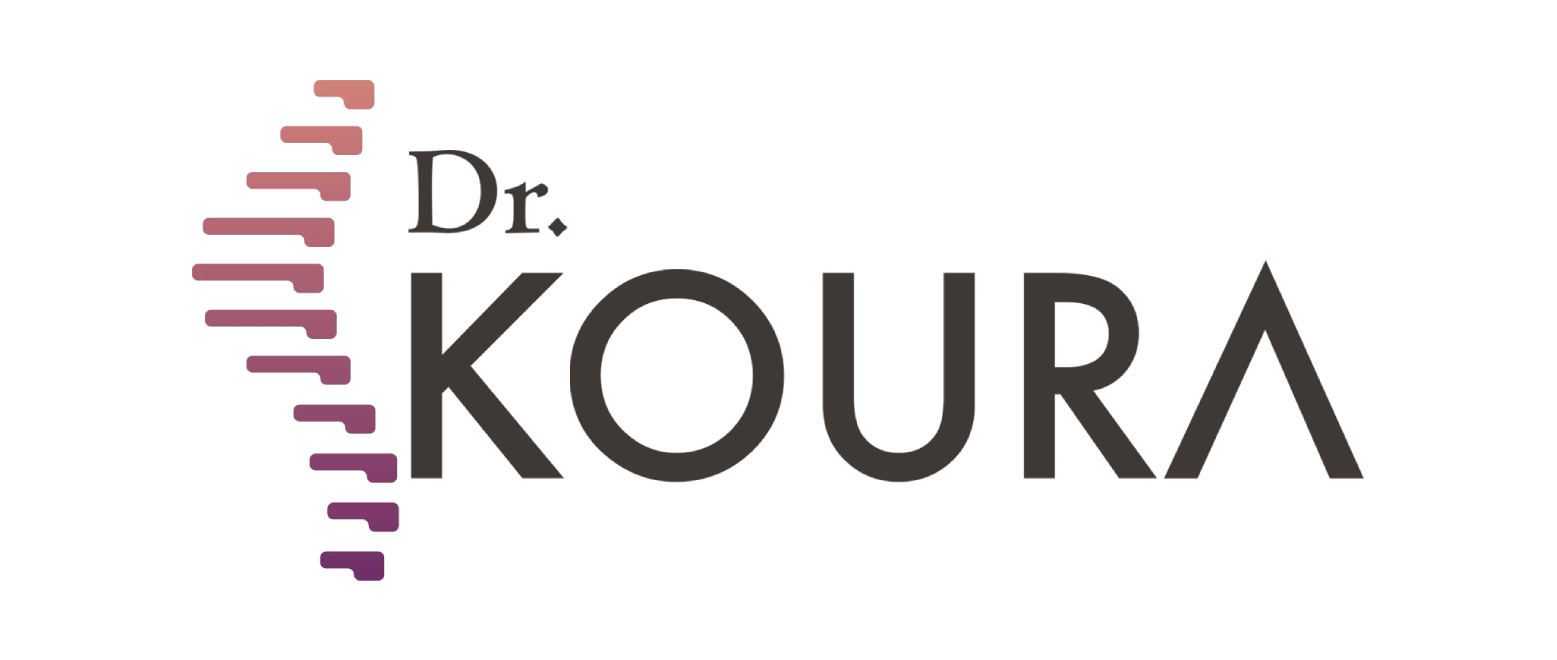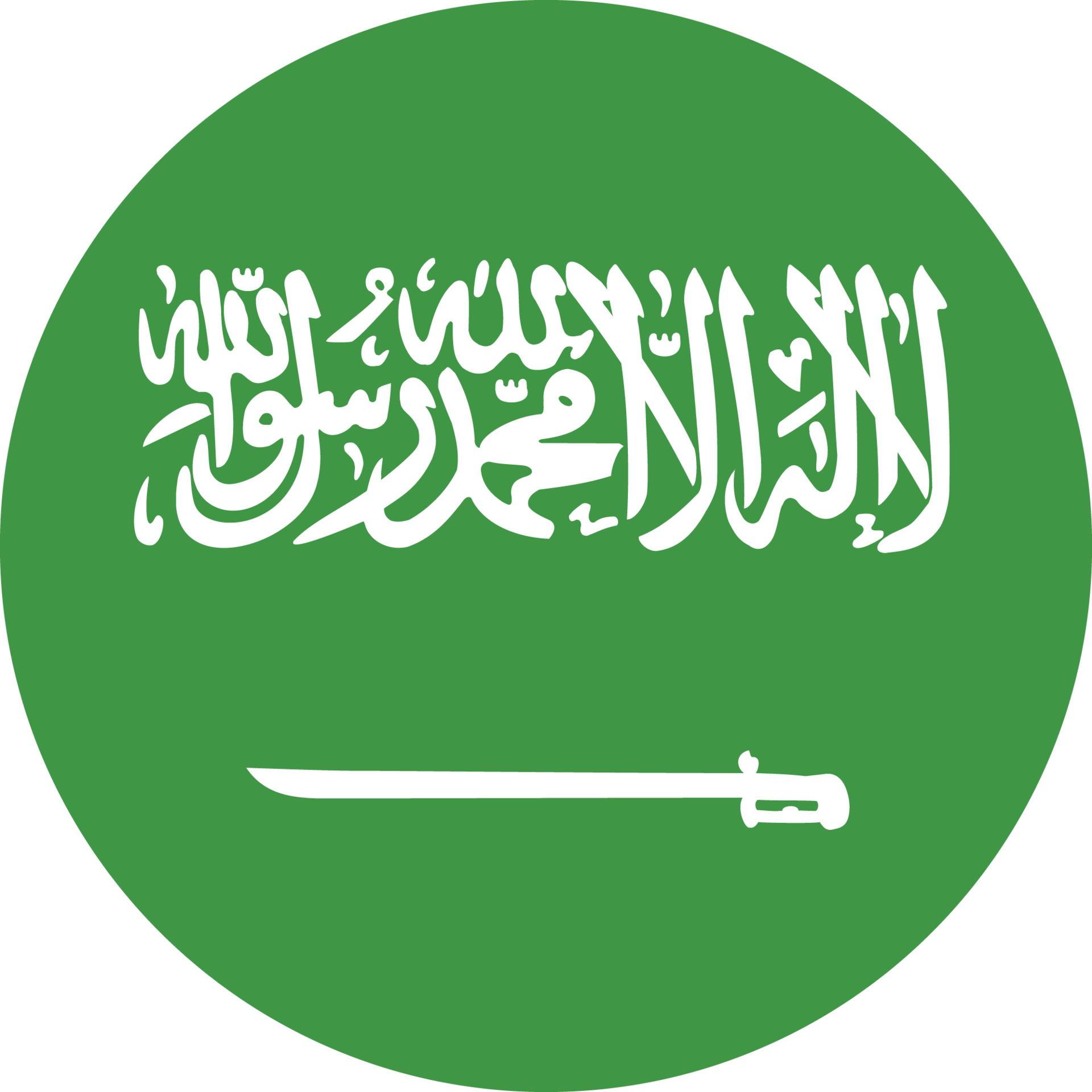When does a herniated disc patient resort to surgery?
After the advancement of modern science, there are many advanced techniques for treating spinal and joint problems without surgery. Some of the important surgical techniques used include:
1. Epiduroscopy Technique
2. Disc Fx Technique
3. Laser Disc Decompression Technique
4. Radiofrequency Ablation (RFA) Technique
5. Catheterization Technique
6. Nerve Root Injections
7. Nerve Channel Expansion by Catheter
8. Foraminal Endoscopy
9. Microendoscopy
10. Hydrodiscectomy
11. Mild Technique
12. Cloward Technique
13. Microscopic Surgery for Disc Excision
However, there are cases, approximately 15%, that must undergo surgical procedures, and interventional pain management techniques cannot be used to treat them.
Cases that require surgical treatment include:
1. Grade II or higher spinal disc herniation.
2. Fractures in the spinal joints.
3. Severe spinal canal stenosis.
Not all cases of spinal and joint issues are diagnosed for surgical treatment. The physician's decision regarding the treatment method and techniques used can change based on medical examinations, reviewing the patient's radiological images, and understanding their complaints and pain areas. This forms a crucial part of the correct diagnosis triangle or selecting the appropriate treatment techniques.
In recognition of the importance of helping all patients with spinal and joint issues obtain an accurate medical diagnosis and understand their treatment options, Dr. Mohamed Koura's center provides all these therapeutic solutions, starting from non-surgical interventions for interventional pain management to surgical procedures, all under the supervision of a specialized medical team.
**Advantages of Dr. Mohamed Koura's Center in the Treatment of Disc Herniation without Surgery:**
At Dr. Koura's center, we offer a unique and advanced service in the Middle East. When a patient enters the center, they are assigned an assisting doctor who follows up with them after the examination and maintains constant communication with the patient. Even after the intervention, our system ensures that the assisting doctor contacts the patient one day after the procedure, then after a week, two weeks, a month, and two months. Each patient has an assisting doctor to answer all their questions at any time. This service is appreciated by all our patients, making us number one not only in Egypt but also in the entire Arab world.





 Egypt
Egypt